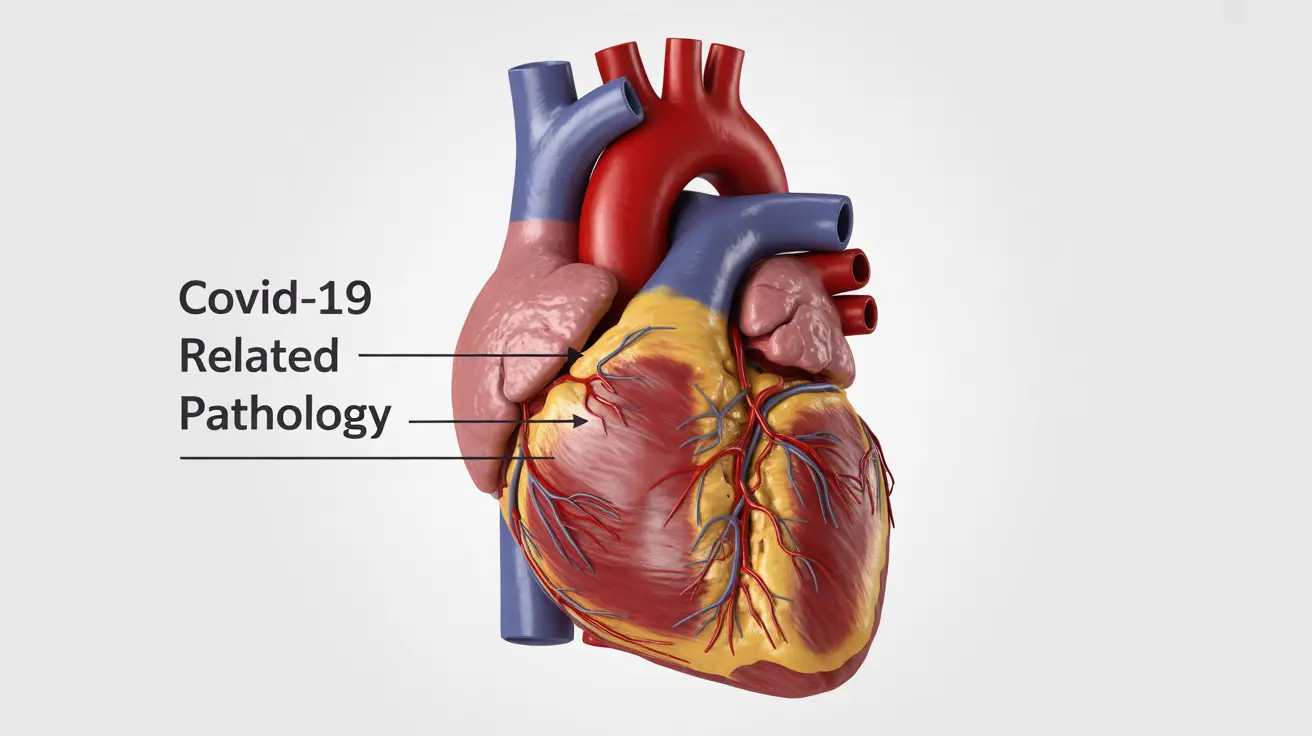If you've experienced chest pain during or after a COVID-19 infection, you're not alone. This concerning symptom affects many COVID-19 patients and can range from mild discomfort to severe pain. Understanding the connection between chest pain and COVID-19 is crucial for recognizing when to seek medical attention and managing symptoms effectively.
In this comprehensive guide, we'll explore the various causes of COVID-related chest pain, help you identify serious symptoms, and discuss treatment options to ensure your safety and recovery.
Common Causes of COVID-Related Chest Pain
COVID-19 can trigger chest pain through several different mechanisms:
- Inflammation of lung tissue
- Viral impact on heart muscle
- Inflammation of the chest wall
- Stress on respiratory muscles
- Blood clot formation
- Post-viral inflammation
Understanding these causes helps healthcare providers determine the most appropriate treatment approach and assess the severity of your condition.
Recognizing Different Types of Chest Pain
Respiratory-Related Pain
Respiratory-related chest pain from COVID-19 often feels sharp and may worsen with deep breathing or coughing. This type of pain typically results from inflammation in the lungs or chest wall.
Cardiac-Related Pain
Heart-related chest pain might feel like pressure, squeezing, or tightness in the chest. This requires immediate medical attention, as it could indicate serious complications like myocarditis or pericarditis.
Warning Signs and Red Flags
Certain symptoms warrant immediate medical attention:
- Severe or crushing chest pain
- Shortness of breath
- Pain radiating to arms, neck, or jaw
- Rapid or irregular heartbeat
- Dizziness or fainting
- Bluish lips or face
Treatment Options and Management
Medical Treatments
Healthcare providers may recommend various treatments depending on the cause of chest pain:
- Anti-inflammatory medications
- Pain relievers
- Blood thinners (if necessary)
- Specific treatments for underlying conditions
Home Care Strategies
Several self-care measures can help manage mild chest pain:
- Rest and limiting physical activity
- Using over-the-counter pain relievers as directed
- Breathing exercises
- Stress reduction techniques
- Maintaining good posture
Prevention and Recovery
Taking preventive measures can help reduce the risk of developing chest pain:
- Following COVID-19 prevention guidelines
- Getting vaccinated and boosted
- Gradually returning to physical activity
- Managing stress levels
- Maintaining a healthy lifestyle
Frequently Asked Questions
What does chest pain feel like during or after COVID-19 infection, and how can I tell if it's serious? COVID-related chest pain can range from sharp, stabbing sensations to dull pressure or tightness. It's considered serious if accompanied by difficulty breathing, severe pain, or symptoms spreading to other body parts.
Why does COVID-19 sometimes cause chest pain, and what are the most common causes? COVID-19 can cause chest pain through direct viral infection of lung tissue, inflammation of the heart or its surrounding membrane, muscle strain from coughing, or blood clots. The most common cause is inflammation of respiratory tissues.
Can COVID-19 trigger or worsen heart problems like pericarditis, and what symptoms should I watch for? Yes, COVID-19 can trigger heart conditions like pericarditis. Watch for sharp chest pain that worsens when lying down or breathing deeply, rapid heartbeat, and shortness of breath.
What are the best treatments and home remedies for chest pain related to COVID-19 or long COVID? Treatment depends on the cause but may include rest, anti-inflammatory medications, and gentle breathing exercises. Always consult healthcare providers before starting any treatment.
When should someone seek emergency care for chest pain if they have or have had COVID-19? Seek emergency care immediately if you experience severe chest pain, difficulty breathing, chest pressure lasting more than a few minutes, or pain radiating to the arms, neck, or jaw.




